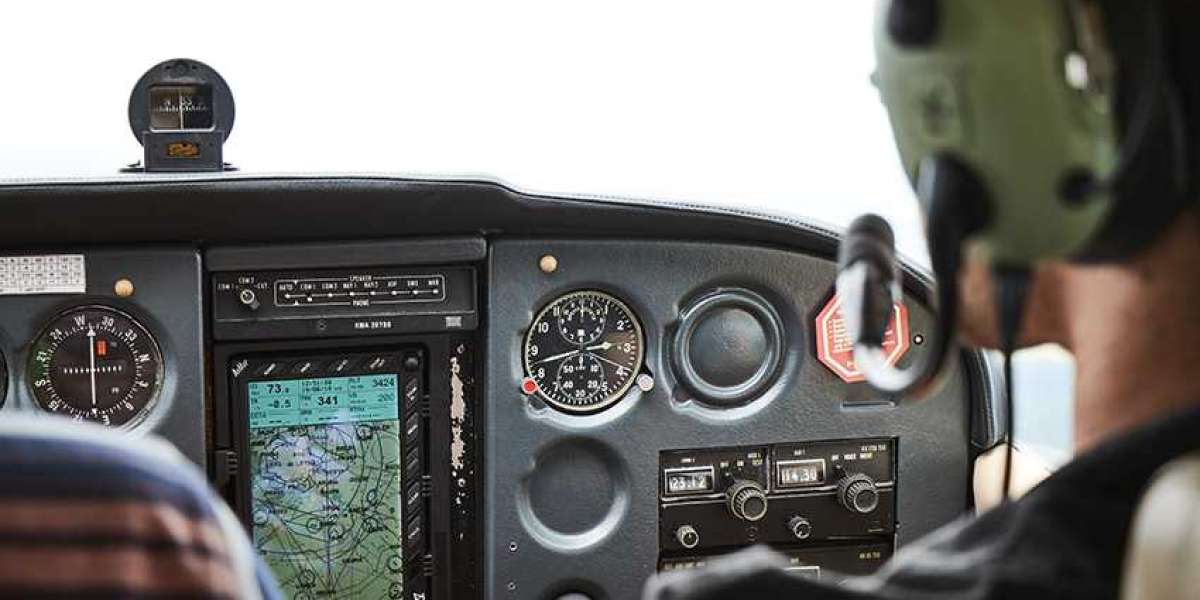Aircraft compliance, often perceived as burdensome red tape, is, in fact, a vital safety net ensuring the integrity and safety of aviation operations. While it may seem like bureaucratic hoops to jump through, compliance with aviation regulations is essential for maintaining high safety standards, protecting passengers, crew, and assets, and upholding the integrity of the aviation industry. In this article, we'll explore the significance of aircraft compliance, debunk common misconceptions surrounding it, and highlight its crucial role in ensuring safe and efficient aviation operations.
The Importance of Aircraft Compliance
Aircraft compliance encompasses a wide range of regulations, standards, and protocols set forth by aviation authorities and regulatory bodies to govern various aspects of aircraft design, maintenance, operation, and airworthiness. These regulations are designed to ensure the safety, security, and efficiency of aviation operations, protecting passengers, crew, and the public from potential risks and hazards associated with air travel. Compliance with aviation regulations is not just a legal requirement but a moral and ethical responsibility of aviation stakeholders.
Key aspects of aircraft compliance include:
- Safety Regulations: Aviation safety regulations dictate the standards and procedures for aircraft design, manufacturing, maintenance, and operation to minimize the risk of accidents, incidents, and fatalities. Compliance with safety regulations is paramount for preventing aviation mishaps and ensuring the airworthiness of aircraft.
- Security Measures: Aviation security regulations govern measures to protect aircraft, passengers, and airports from security threats, terrorism, and unlawful interference. Compliance with security protocols, such as passenger screening, baggage checks, and access control, is essential for maintaining the integrity and security of the aviation system.
- Environmental Standards: Aviation environmental regulations aim to mitigate the environmental impact of aviation activities, including noise pollution, air emissions, and carbon footprint. Compliance with environmental standards promotes sustainable aviation practices, reduces environmental degradation, and fosters responsible stewardship of natural resources.
Debunking Misconceptions About Aircraft Compliance
Despite its critical importance, aircraft compliance is often misunderstood and viewed negatively by some as unnecessary bureaucracy or red tape. Let's debunk some common misconceptions surrounding aircraft compliance:
- Costly Burden: While ensuring compliance with aviation regulations may entail upfront costs and administrative burdens, the long-term benefits far outweigh the initial investment. Compliance with safety, security, and environmental regulations enhances operational efficiency, reduces risk exposure, and protects the reputation and credibility of aviation organizations.
- Stifling Innovation: Contrary to the belief that compliance stifles innovation, adherence to aviation regulations fosters innovation by setting clear standards, guidelines, and benchmarks for technological advancements and safety enhancements in aviation. Compliance encourages research, development, and adoption of innovative solutions to address emerging challenges and improve aviation safety and efficiency.
- One-Size-Fits-All Approach: Aviation regulations are often perceived as rigid and inflexible, imposing a one-size-fits-all approach to compliance. However, regulatory frameworks are designed to be adaptable and scalable, allowing for flexibility in implementation and accommodating diverse aviation operations, aircraft types, and operational environments.
The Crucial Role of Aircraft Compliance in Safety and Security
Aircraft compliance serves as a critical safety net in the aviation industry, providing a framework of rules, standards, and best practices to ensure the safe and secure operation of aircraft and air transport services. Here's why aircraft compliance is indispensable for safety and security:
- Risk Mitigation: Compliance with aviation regulations helps identify and mitigate potential risks and hazards associated with aviation operations, including mechanical failures, operational errors, and security threats. By adhering to safety and security protocols, aviation stakeholders minimize the likelihood of accidents, incidents, and security breaches.
- Safety Culture: Aircraft compliance fosters a culture of safety and professionalism within the aviation industry, emphasizing the importance of adherence to safety standards, continuous training, and vigilance in maintaining safe aviation practices. A strong safety culture promotes accountability, teamwork, and communication among aviation personnel, enhancing overall safety performance.
- Public Trust and Confidence: Compliance with aviation regulations instills public trust and confidence in the safety and reliability of air travel, reassuring passengers, investors, and regulators that aviation operations are conducted in accordance with the highest safety and security standards. Maintaining public trust is essential for the sustainability and growth of the aviation industry.
In conclusion, aircraft compliance is not merely red tape but a fundamental safety net ensuring the integrity, safety, and security of aviation operations. Compliance with aviation regulations is essential for maintaining high safety standards, protecting passengers and crew, and upholding the credibility of the aviation industry. By debunking misconceptions, highlighting the importance of compliance, and fostering a culture of safety and professionalism, aviation stakeholders can embrace aircraft compliance as a cornerstone of safe and efficient aviation operations.



